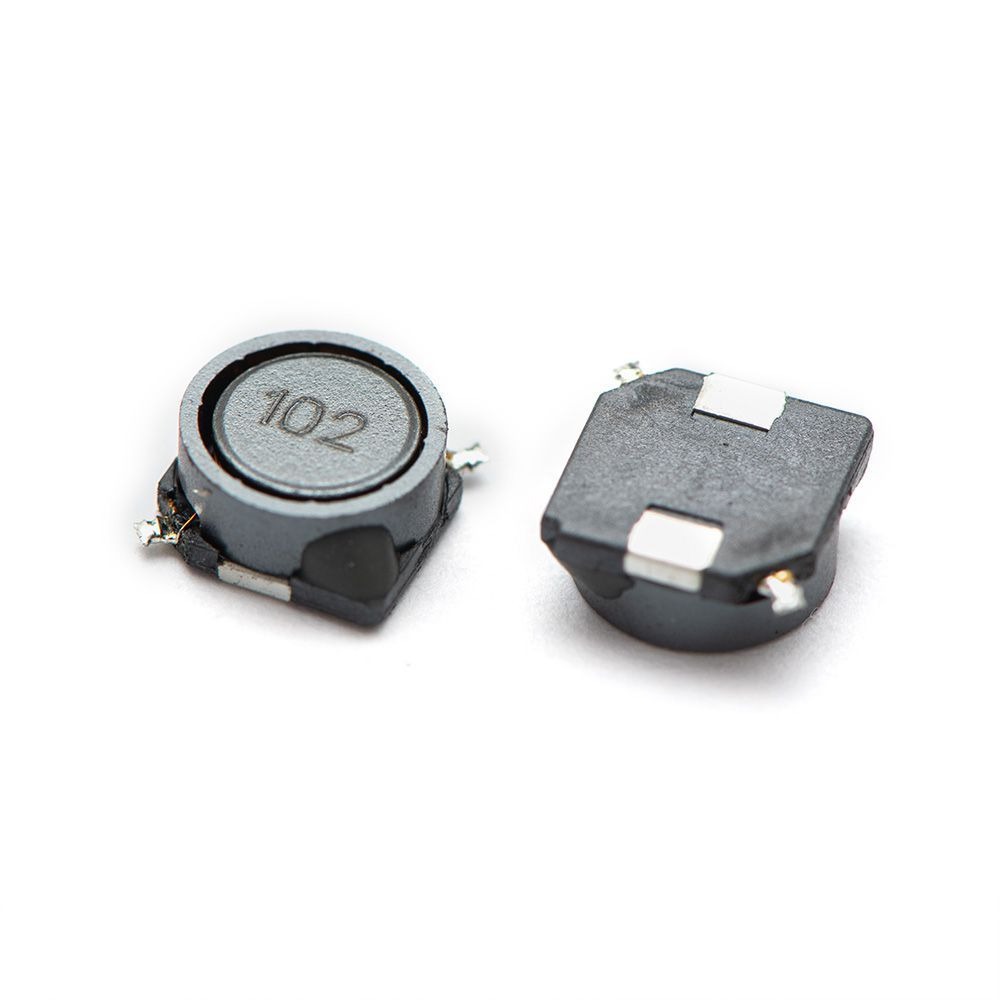
A Power Inductor is a passive electronic component consisting of a wire round around a core of ferrite that includes an air gap that is used to clean up the output from high-frequency switch power supplies
Power inductors have important applications in power systems, electronic devices, communication systems, transportation, industrial control systems, medical equipment, and household appliances. By adjusting current and voltage, storing energy, and controlling current flow, they provide stable and reliable power and signal transmission for various devices and systems.
With continuous technological advancements and the expanding scope of applications, the future prospects for power inductors will be even broader.
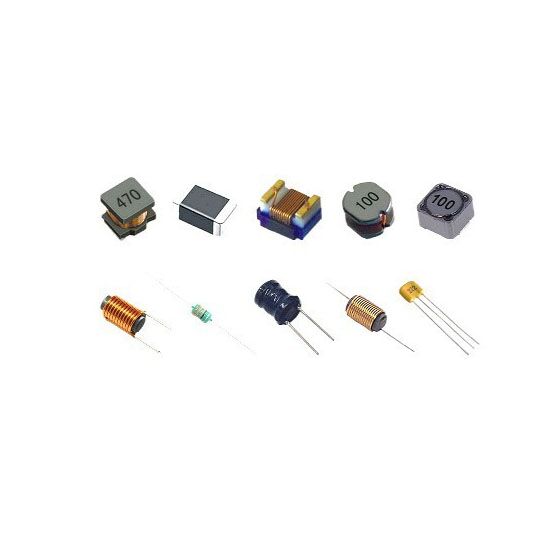
Power inductors are inductive components used in power electronic devices such as power supplies, motor drives, and converters, etc. The primary function of power inductors is to store and release energy to stabilize current and convert voltage. Power inductors typically have a high inductance value and low DC resistance to meet the requirements of high power and high efficiency.
Power inductors are classified into two types: shielded and unshielded, and they are mainly composed of a magnetic core and copper wire.
Below are the main features of Power Inductors:
1. Flat-bottom surface suitable for surface mounting.
2. Excellent end-face strength and good solderability.
3. High Q value and low impedance characteristics.
4. Low magnetic leakage, low DC resistance, and high current tolerance.
5. Available in tape-and-reel packaging for automated assembly.
The main performance parameters of power inductors include resistance, saturation current, inductance, temperature rise current, and self-resonant frequency.

DC resistance (DCR) refers to the total resistance of the enameled wire used between the electrodes of the inductors. It represents the resistive characteristic of power inductors in DC circuits. DCR is typically measured in ohms (Ω) and indicates the extent to which the inductor opposes direct current. The DCR value depends on factors such as the internal resistance of the inductor and the conductor material. Lower DCR results in lower energy loss in DC circuits.
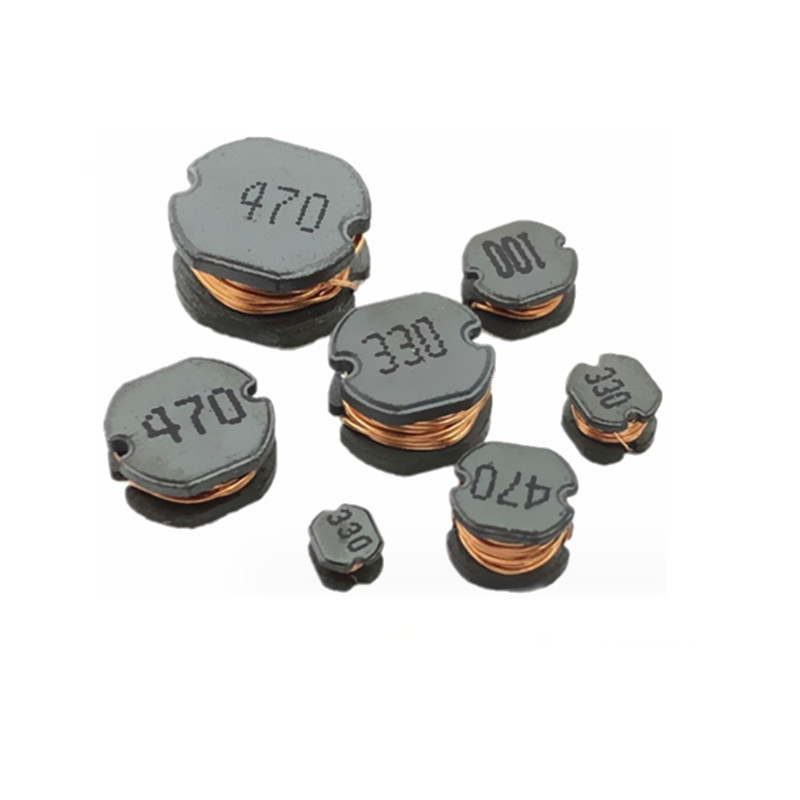
Saturation current (Isat) is the current at which the inductance of the inductor decreases due to continuous DC current flow. It is typically specified at the point where the inductance drops by 30%. The maximum current refers to the highest current the power inductor can withstand. During operation, power inductors generate a magnetic field, the intensity of which is related to the current. If the current exceeds the maximum rating, the inductor may be damaged. Therefore, when selecting a power inductor, it is essential to consider the maximum current in the circuit.
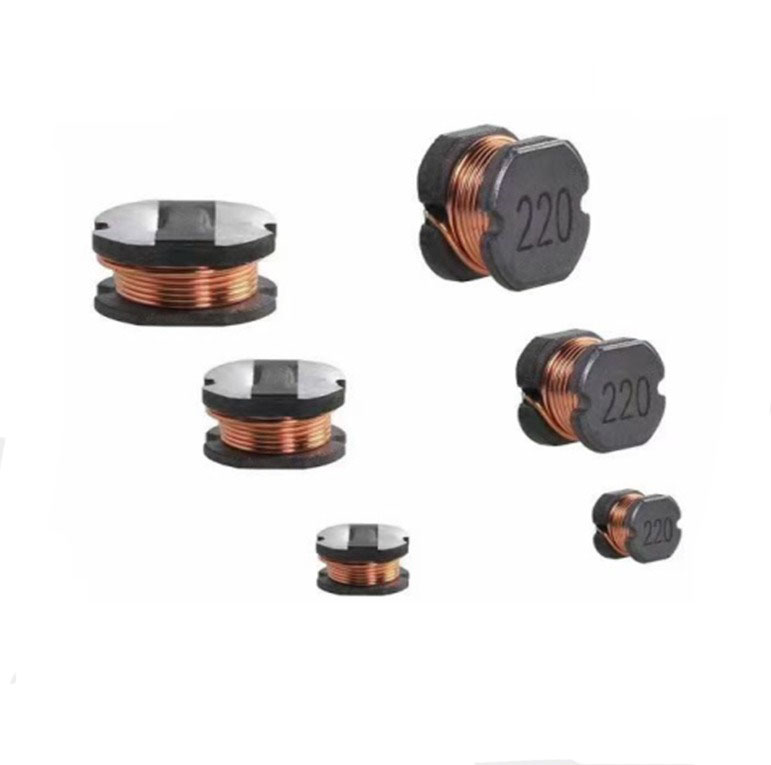
Inductance is the nominal inductance value of the inductor. Due to the presence of permeability and parasitic capacitance, the inductance value varies with frequency. Inductance tolerance is generally categorized as M (±20%) or N (±30%). Inductance, measured in henries (H), describes the inductor’s ability to respond to changes in current. A higher inductance value results in a stronger response to current variations, whereas a lower inductance value leads to a weaker response. In circuit design, inductance selection depends on application needs, such as peak current suppression and filtering.
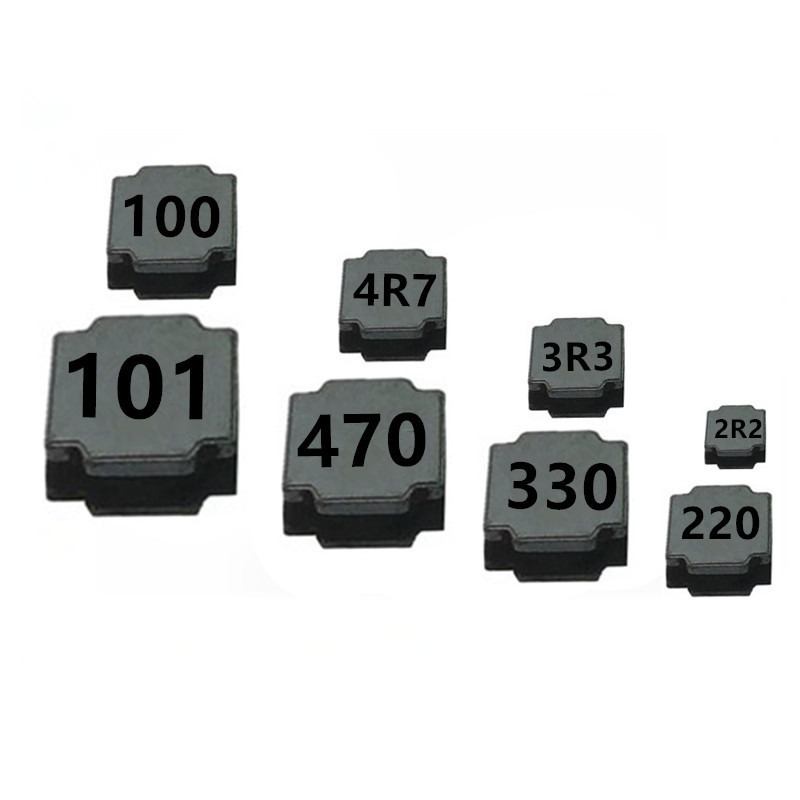
Temperature rise current (Irms) is the current at which the surface temperature of the inductor rises by 40°C due to continuous DC current flow. Temperature rise refers to the increase in temperature of the power inductor during operation. Since power inductors generate heat during use, excessive temperature rise can affect performance and lifespan. When selecting a power inductor, it is important to consider its ability to withstand temperature increases under operating conditions.
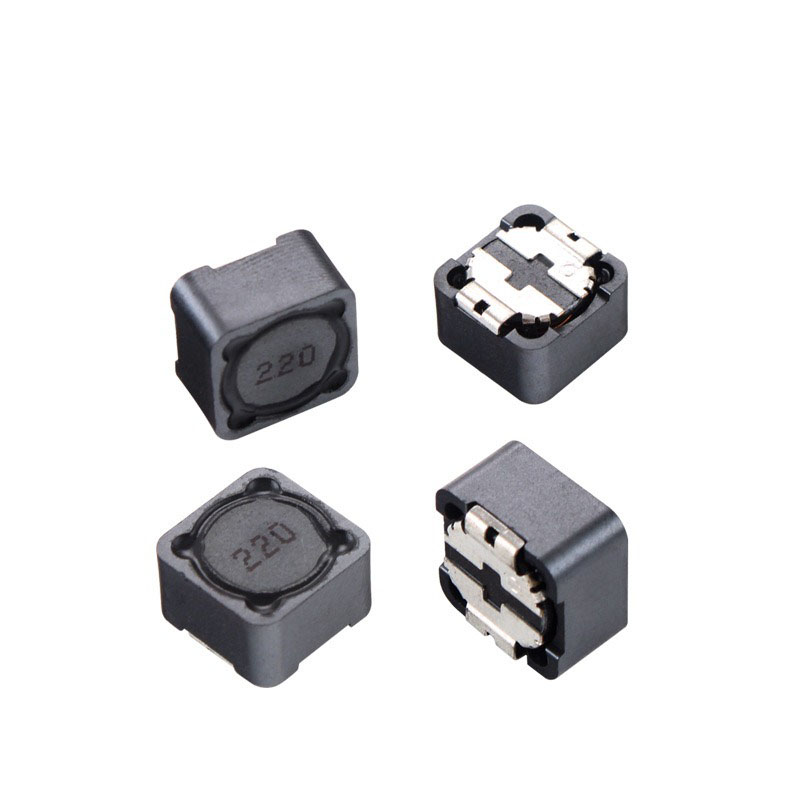
Resonant frequency refers to the natural frequency at which the power inductor and a capacitor form a resonant circuit. At this frequency, the energy exchange between the inductor and capacitor reaches its maximum. The calculation of resonant frequency depends on both inductance and capacitance values. The selection of an appropriate resonant frequency is crucial for optimizing circuit performance and improving efficiency.

We offer a comprehensive range of custom inductor services to guide you smoothly through the design and build process.

Established in 2013, Shenzhen Kunyo Technology is committed to designing and manufacturing custom magnetic components, including high-frequency transformers, low-frequency transformers, audio transformers, power transformers, and inductors.
You can get a price of this model or send us any question to get any information you would like to know, we will reply to you soonest.